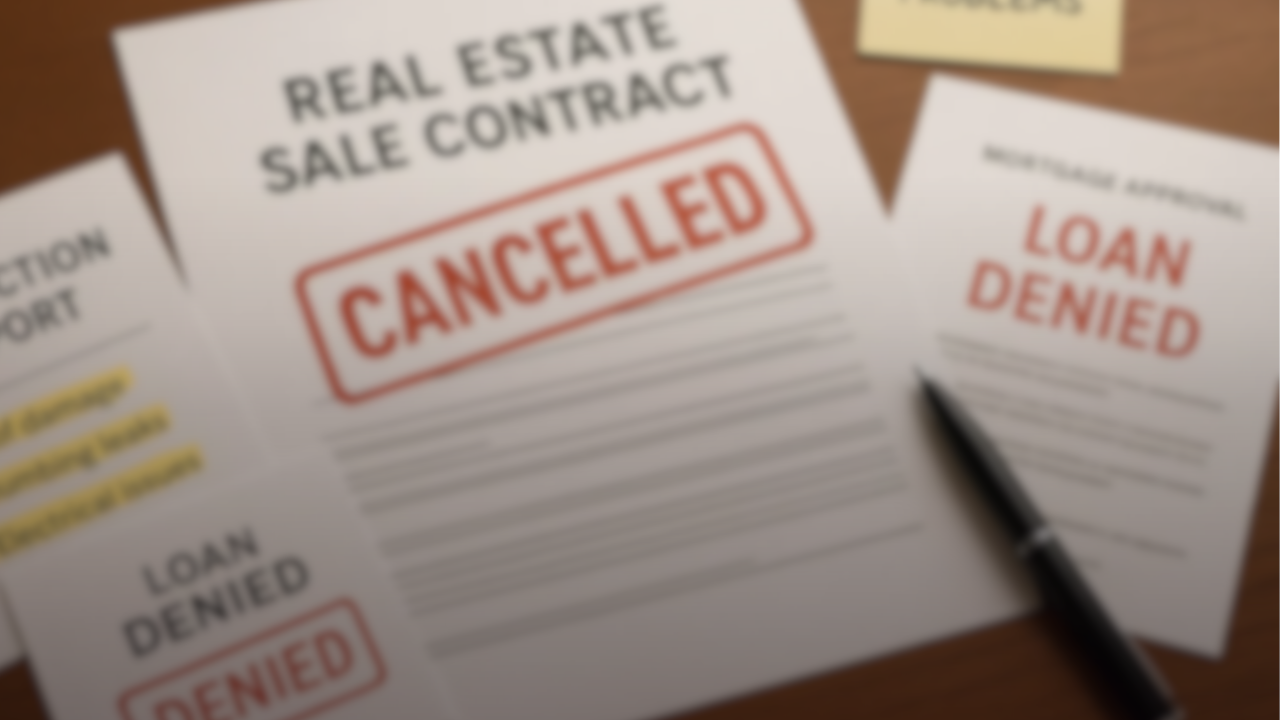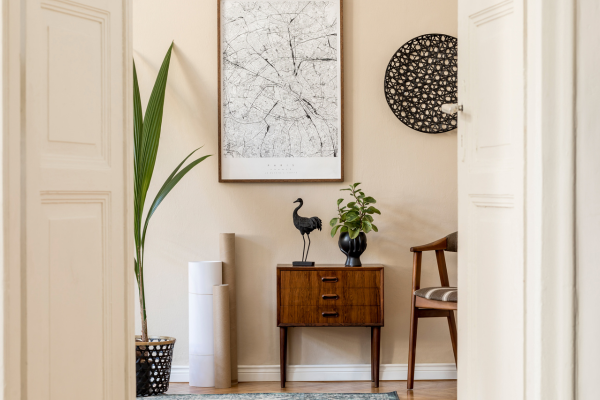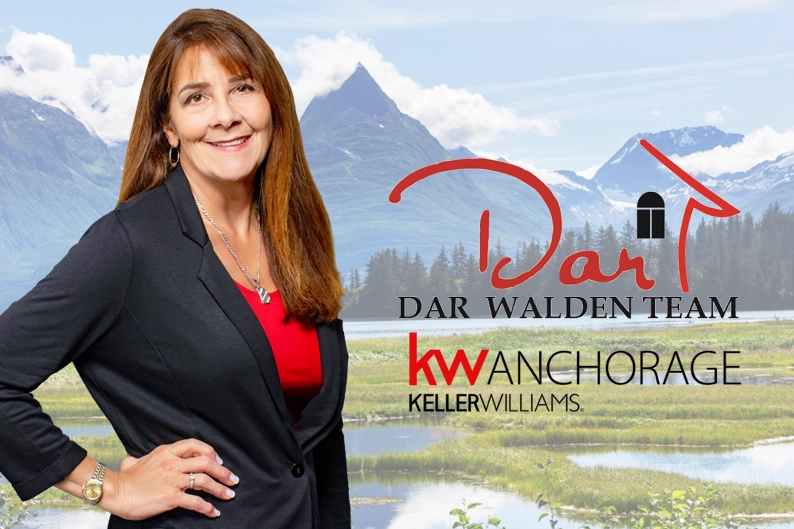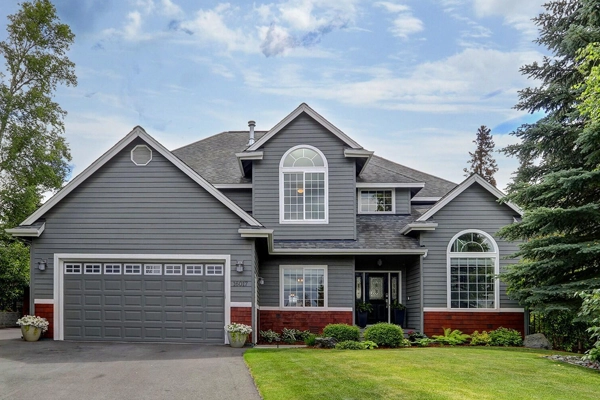Here’s the reality of renovating your home that many sellers and homeowners in general often miss.
One of the biggest mistakes we see sellers make is waiting to renovate until they’re about to sell. Do yourself a favor and take care of those renovations while you live in the property, and enjoy them; you’re hardly ever going to get a dollar-for-dollar return on even the best renovations, like a kitchen or a bathroom, so offset the cost by utilizing the space yourself and getting value out of it each day.
Here in Alaska, it’s hard to manage curb appeal in the first few months of the year, but curb appeal really is the No. 1 thing that draws people to a home. If you don’t have their interest when they drive up to the property, you’re probably going to lose them before they ever get inside. Keep your yard and exterior nice and neat, but use common sense: Don’t build a $10,000 decorative retaining wall because that is precisely the type of thing you’ll lose money on.
Make sure the upgrades you invest in are appropriate for the level of home you’re in. You don’t want to tear apart your kitchen in a million-dollar home and replace it with upgraded kitchen cabinets worth only $10,000. On the flip side, you don’t want to put $150,000 into a kitchen in a home valued around $250,000.
If you’re unsure about what’s an appropriate renovation, please reach out to us. We’d be happy to check things out and offer some guidelines that will hopefully bring clarity to the decision-making process. It’s okay to go high on a renovation, but if you do, make sure you’ll be living there for the next three to 10 years—the longer, the better. Never expect to get back 100% of the cost you put into a renovation.
Also, make sure the upgrades are appropriate for your subdivision. So, if you put $150,000 into a $250,000 home, and then want $400,000 for it, know that the subdivision will never support that pricing.
Oftentimes, sellers put a new septic system in their homes and it costs them $15,000. They think they’ll be able to raise the home’s price by $15,000, but unfortunately, that’s not how the market works. Invisible improvements are really tough to recover. That includes things like heaters, roofs, and septic systems. They’re absolutely necessary to sell the house (buyers expect the roof to not leak and that the toilets will flush) but won’t ever provide a great return. Knowing this ahead of time will save you a lot of disappointment.
Lastly, let’s talk about decks. Everybody loves them. The return on investment for decks in the lower 48 is pretty good—not the case here in Alaska, though. We don’t spend too much time on our decks since our winters are very harsh, so be careful that you don’t pour too much money into yours.
If you have additional questions about the information covered in today’s message, or would like me to come do a walkthrough of your home, feel free to call or email me. I would love to hear from you.







